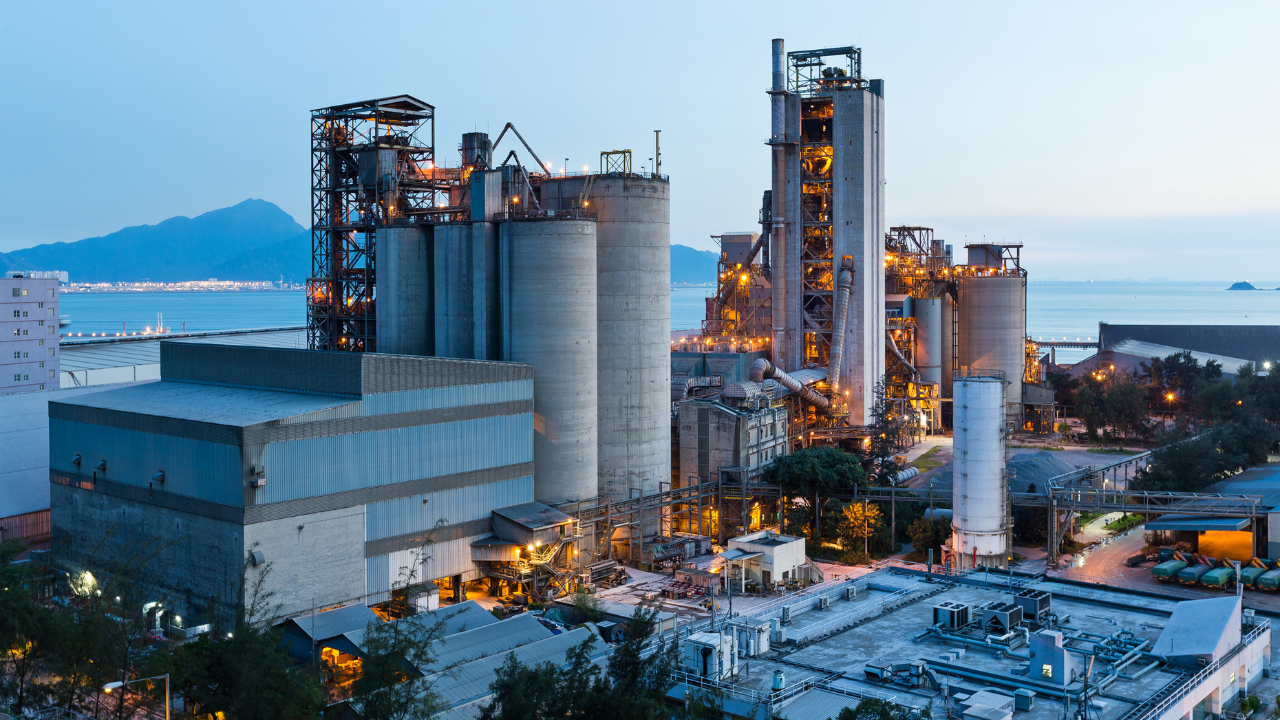%20(1).png)
Industry | Digital Transformation | Technology
Transforming Construction: The Rise of Industrialized Construction
Discover how industrialized construction is transforming the AEC industry in our latest blog post. From modular construction to prefabrication and advanced manufacturing techniques, learn how these innovative approaches are improving efficiency, reducing waste, and ensuring high-quality project delivery. Dive into the tools and strategies driving this shift and how they can benefit your next project.
Mark Gartner | National Director - MFG 4 Dec 2024

Imagine stepping into a world where construction projects mimic the efficiency and precision of a car assembly line. In today’s construction landscape, plagued by sustainability concerns, slow technological adoption, and workforce issues, a revolutionary approach is making waves—industrialized construction. But what exactly is this buzzworthy trend, and how could it redefine our built environment?
What is Industrialized Construction?
At its core, industrialized construction involves applying manufacturing principles to the construction industry. Think of it as construction’s answer to the assembly line—where efficiency, consistency, and quality control reign supreme. This approach doesn’t just tweak how we build; it completely overhauls the process, turning traditional construction on its head.
Challenges Addressed by Industrialized Construction
The construction industry is notorious for its environmental footprint, contributing significantly to landfill waste and CO2 emissions. According to a recent industry report, construction activities generate approximately 30% of landfill waste globally and a staggering 42% of annual global CO2 emissions (Science Direct) (Architecture 2030). Traditional building methods often start from scratch, creating inefficiencies and of course tons of waste. With industrialized construction, we may see a light at the end of the tunnel, offering a sustainable alternative, emphasizing reusable and standardized components that lead to less waste and lower emissions. Plus, it addresses another pressing issue: the shrinking pool of skilled labor. By streamlining processes and reducing the need for on-site labor-intensive tasks, this method can make the industry more appealing to new talent.
Future of Construction: Productization and Process Optimization
Industrialized construction isn’t just about building faster—it’s about building smarter. By productizing construction elements—creating predefined, customizable building modules—the industry can achieve unprecedented levels of repeatability and precision. This standardization leads to significant reductions in errors, rework, and more importantly waste, ultimately enhancing overall efficiency and sustainability. Moreover, this method fosters a collaborative environment where architects, engineers, and contractors can work together seamlessly from the early stages of a project, ensuring better outcomes and more innovative solutions.
What is next for Industrialized construction?
Industrialized construction represents a significant shift towards a more efficient and sustainable future in building. It’s a promising solution to many of the construction industry’s most persistent problems, from environmental impact to labor shortages. As we look to the future, embracing these innovative practices could be key to transforming the landscape of construction and making sustainable development a standard practice.
Eager to explore the full potential of efficient and sustainable building practice
%20(2).png)
Trendings
- Autodesk Civil 3D 2026.2 Update: New Tools, Performance Improvements, and Workflow Enhancements
- Unlocking Faster Housing Approvals with Multi-AR: The Future of Automated Regulatory Review
- A European Architecture Tour: How Five Cities Are Reimagining the Built Environment
- Solving the Skilled Labor Gap: LIGGO’s Blueprint for the Factory of the Future
- Pinnacle Series AI Gets Smarter: How SolidCAD Helps AECO Firms Maximize Learning and Performance
Débloquez les informations d'experts : connectez-vous à SolidCAD dès aujourd'hui !
“Découvrez comment SolidCAD Insights peut accélérer la croissance et la transformation de votre entreprise. Des tendances du secteur aux stratégies concrètes, nos experts sont là pour vous accompagner. Contactez-nous dès maintenant pour en discuter et explorer des solutions adaptées à vos besoins !”

.png)

%20(3).png)